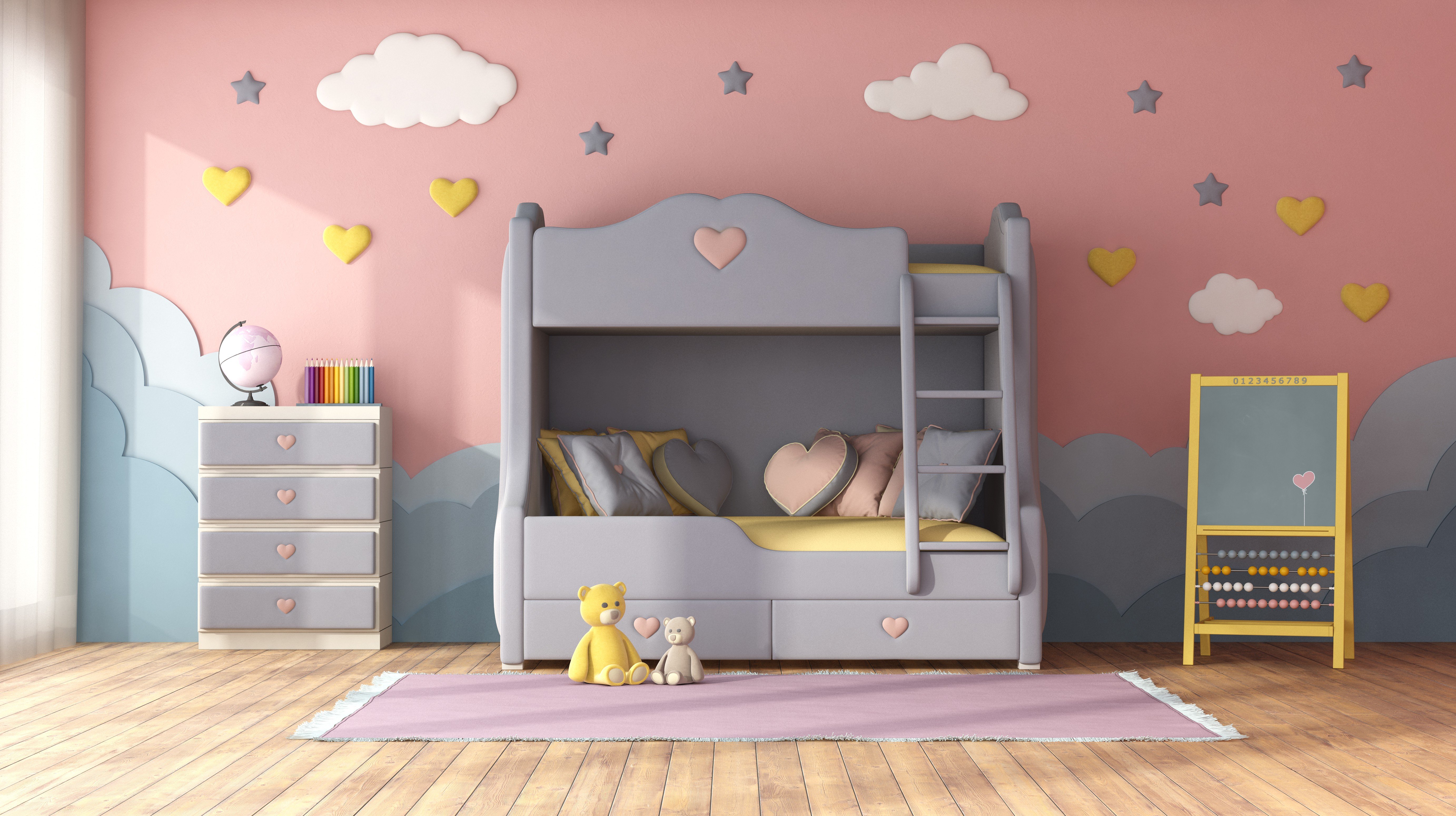
2
JuneA The Complete Guide To Kids Bunk Beds From Start To Finish
The Ultimate Guide to Kids Bunk Beds: Safety, Styles, and Selection
Kids' bunk Beds Bunk Beds are a practical and popular service for taking full advantage of space in children's spaces. Not only do they supply sleeping plans for brother or sisters or pajama party guests, but they can also act as a fun and imaginative home for young adventurers. This short article explores the types, advantages, security factors to consider, and choice ideas for kids' bunk beds while answering some often asked questions.

What Are Kids Bunk Beds?
Kids' bunk beds come in different styles, designs, and materials. Generally, they include two or more beds stacked vertically, which can save space and enable more space for play. With various setups, consisting of L-shaped, lofted beds with desks underneath, and convertible designs that can separate into single beds, parents have sufficient options to select from.
| Bunk Bed Type | Description |
|---|---|
| Conventional Bunk Beds | 2 beds stacked one on top of the other. |
| Loft Beds | One raised bed with space beneath for play or a desk. |
| Triple Bunk Beds | Three beds stacked vertically or organized in an L-shape. |
| Futon Bunk Beds | A bed on the top with a fold-out sofa or futon below. |
| L-shaped Bunk Beds | Beds organized in an L-shape, providing extra space. |
Benefits of Kids Bunk Beds
Purchasing a bunk bed for kids includes numerous benefits:
Space Saving
- Efficient Use of Space: Bunk beds stack vertically, minimizing the footprint in a room.
- Additional Play Area: The space beneath can be used for additional activities or storage.
Economical
- Dual Functionality: A bunk bed can serve the purpose of two different beds without needing double the flooring space.
- Long-term Use: Many designs are convertible or can transition into different beds as kids grow.
Fun and Imagination
- Adventurous Appeal: Kids are typically drawn to the concept of climbing to their beds, adding a fun component to bedtime.
- Themed Options: Many bunk beds come in various designs, like castles or pirate ships, promoting creative play.
Security Considerations
While bunk beds offer different advantages, safety is a main issue for parents. Here are some safety pointers to keep in mind:
- Guardrails: Ensure the leading bunk has strong guardrails on both sides to avoid falls.
- Height Limitations: Check if the bed's height is suitable for your child's age. Normally, they are not recommended for children under 6.
- Weight Limits: Respect the manufacturer's standards for weight limits to avoid structural concerns.
- Sturdy Ladders: Inspect the ladder for stability and ensure it is available for children to utilize securely.
- Regular Checks: Periodically look for loose screws or structural stability problems.
Selecting the Right Bunk Bed
When choosing a bunk bed for kids, think about these key factors:
Material
- Wood: Offers standard resilience and aesthetic appeal.
- Metal: Lightweight and often available in modern styles.
- Composite: Cost-effective, these materials can be durable but might have limitations on durability.
Design
- Design: From classic to modern, choose a design that fits your kid's space design.
- Performance: Consider whether additional functions like storage, desks, or futons are essential.
Size
- Room Dimensions: Ensure the bunk bed fits easily in the room, leaving space for other furnishings.
- Mattress Size: Standard sizes (twin, complete) dictate the option of mattress and bed linen.
Assembly
- Alleviate of Setup: Some designs require more complicated assembly; consider future relocations.
- Direction Quality: Look for beds with clear guidelines for problem-free setup.
Spending plan
- Affordability: Review your budget plan, keeping in mind that better materials and additional functions might raise expenses.
FAQs About Kids Bunk Beds
Q: At what age can my child securely sleep in a top bunk?
A: It is typically recommended that kids be at least 6 years old before sleeping in the leading bunk due to height and safety concerns.
Q: Can I transform a bunk bed into different beds?
A: Many bunk beds are designed to be convertible, enabling you to separate them into individual beds as children grow.
Q: How do I guarantee my kid's security on a bunk bed?
A: Always use guardrails, regularly inspect structural integrity, and guarantee that the bed is appropriately sized for their age.
Q: What devices do I require for a bunk bed?
A: Consider guardrails, a strong bed mattress, ornamental bed linen, and storage services for toys or clothing.
Q: Do bunk beds require unique mattresses?
A: It's a good idea to use a mattress that fits snugly within the bed frame-- avoid extra-large mattresses that might compromise security.
Kids' bunk beds work as a practical and satisfying sleeping service that can improve any child's bed room. By comprehending the benefits, safety considerations, and selection suggestions, parents can make educated choices that cater to their kids's requirements. With the best choice, a bunk bed can end up being a treasured part of youth-- imparting enjoyable, experience, and memories for many years to come.


Reviews